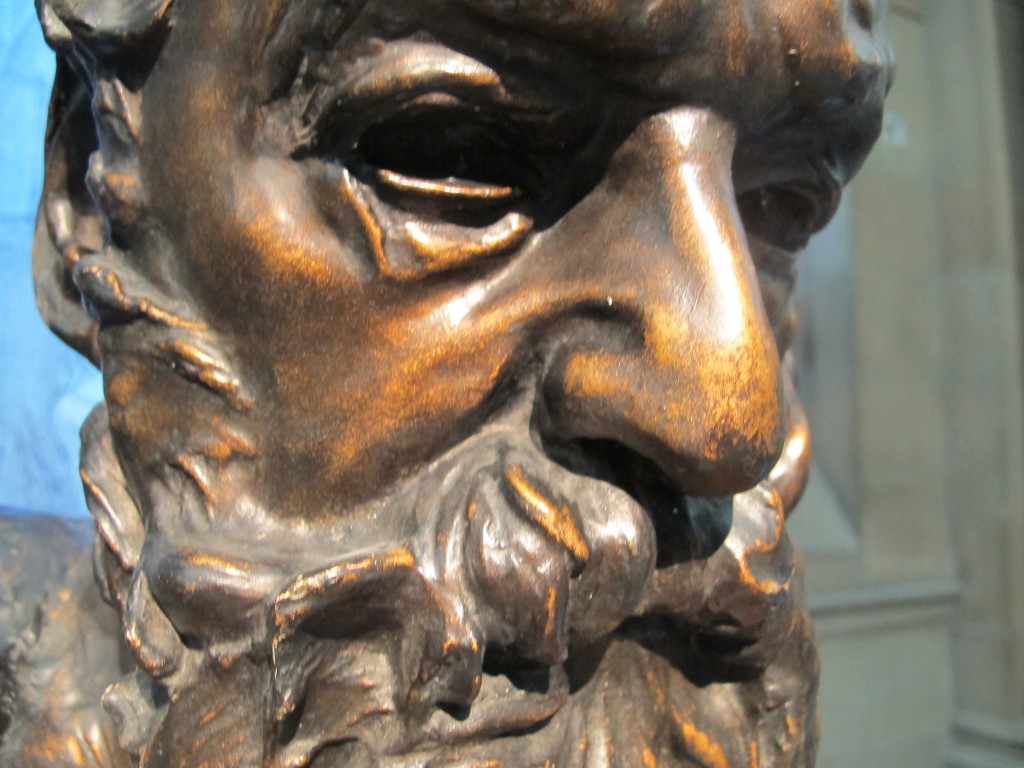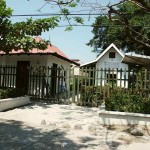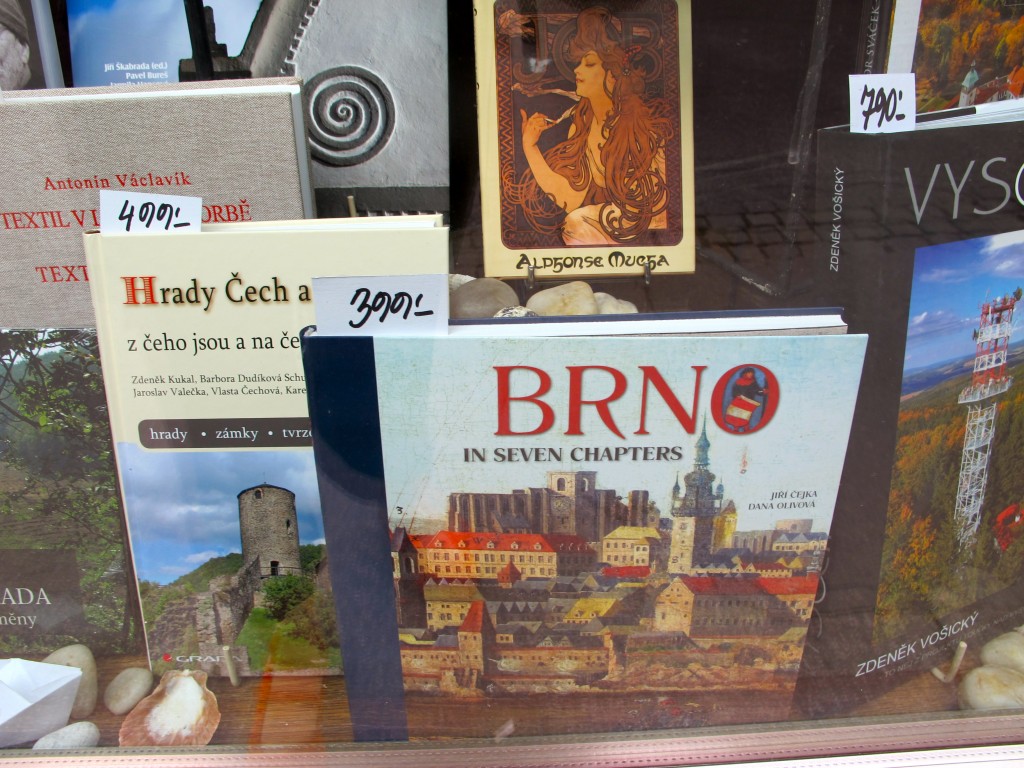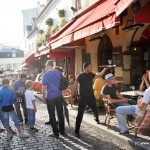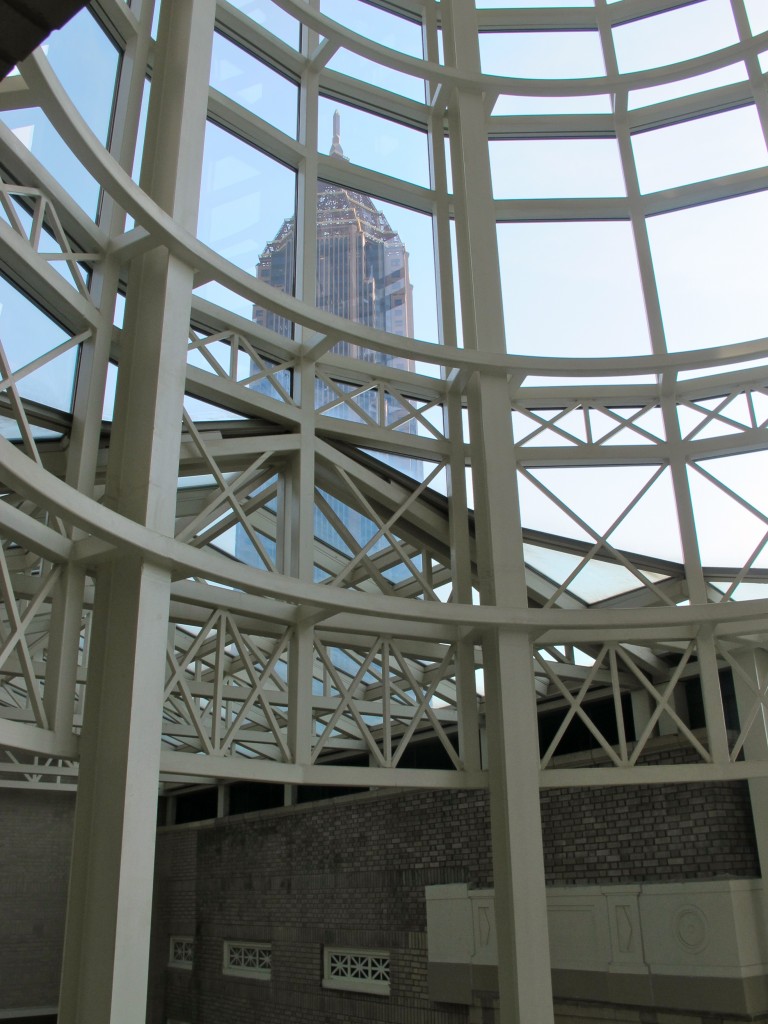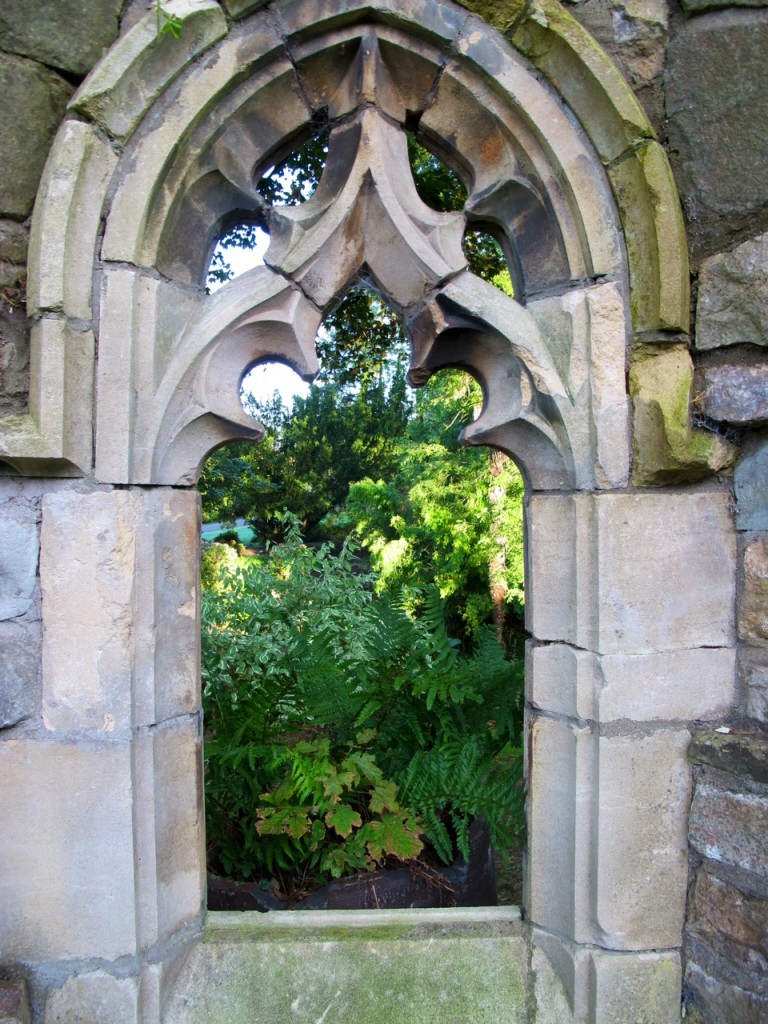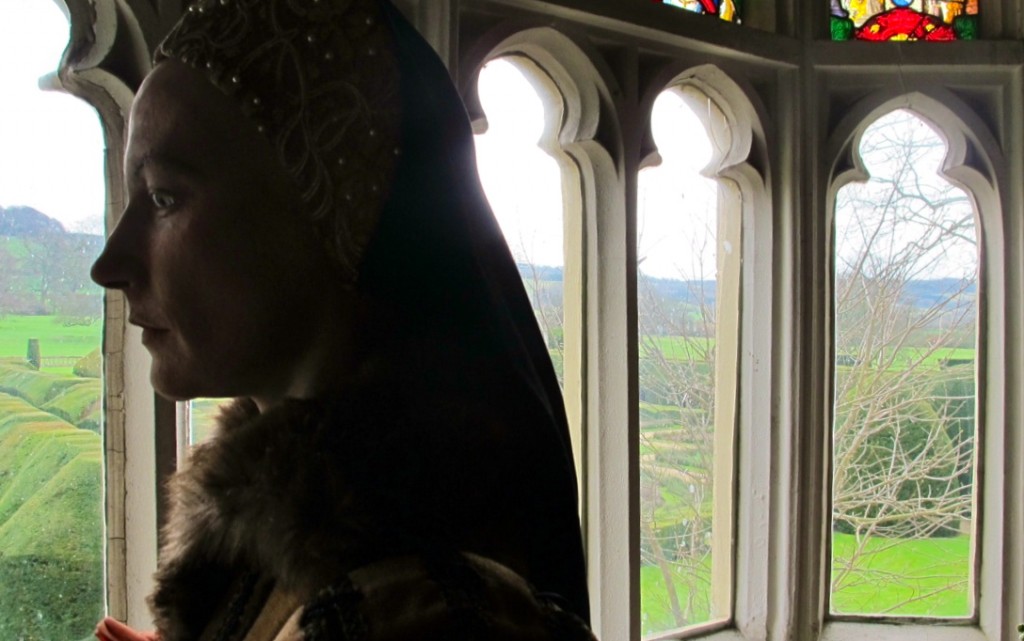When the Queen celebrated the Diamond Jubilee this past weekend, she became England’s second-longest serving monarch at six decades on the throne with only her great-great-grandmother Queen Victoria having served longer at 63 years as queen.
During her reign, Queen Elizabeth has outlasted 12 prime ministers, six Roman Catholic Popes and two daughter-in-laws (Diana and Fergie). She has distributed about 90,000 Christmas puddings to staff and made 96 state visits to 116 different countries including 22 visits to Canada.
Celebrations were held throughout England to celebrate the Queen’s Diamond Jubilee.
Here were some of the biggest events:
1. River Thames On June 3, more than one thousand boats will gather on the River Thames in preparation for the Jubilee Pageant. The Queen and other members of the Royal Family will be in the procession on the Royal Barge. The formal river procession will be between 2pm and 6pm, starting upriver of Battersea Bridge and finishing downriver at Tower Bridge. The boats will assemble between Hammersmith and Battersea and disperse from Tower Bridge to West India Dock forming one of the largest flotillas ever assembled on the river in modern times. Rowed boats and working boats and pleasure vessels of all shapes and sizes will be dressed with streamers and Union Flags. The armed forces, fire, police, rescue and other services will also be afloat and boats representing different Commonwealth countries including an Australian surf boat and a Canadian canoe.
2. Portrait of the Queen in Cake A pixelated portrait of The Queen made out of 3,120 cakes, one for each week of her reign, will be made by bakers Konditor & Cook as part of the Jubilee weekend celebrations. The giant portrait, a framed image which will be just over nine square metres high, will be displayed on a giant easel in Battersea Park on June 3rd at the Diamond Jubilee Festival.
More than 1,000 eggs (83 dozen), 50 kg of butter (200 packets), 150kg of sugar (150 bags) and 36 kg of marzipan (144 packets) will be used to make the cube shaped 4.5cm x 4.5cm cakes from a lemon Victoria sponge recipe. The cakes will be covered in apricot jam and marzipan before being iced and have a shelf life of 18 days. Visitors to the festival can decorate the 11 metres of fruit cake which will make up the frame for the portrait. The final image will be assembled on the day and once completed it will be cut and the border shared amongst festival goers with the option to buy a cake with a donation to charity.
3. Kensington Palace Earlier this spring, Kensington Palace re-opened to visitors after a £12-million ($19-million Cdn) transformation with a new permanent exhibition of the life and reign of Queen Victoria, who lived in Kensington Palace as a child. Starting this month, there will be a temporary summer exhibition of Queen Victoria’s Diamond Jubilee which was celebrated in 1897. William and Kate, the Duke and Duchess of Cambridge, will make Kensington Palace their London home starting next year, sharing the place with tourists who can stroll through the public gardens, gift shop and cafe on the Palace grounds.
4. The Big Jubilee Lunch Wander around England on Sunday June 3rd and chances are good you’ll be invited for lunch somewhere. It may be a traditional street party or a picnic lunch or just a neighbourhood get together. The fourth annual Big Lunch this year falls on the same weekend as the Big Lunch, an annual event that started three years ago with about 2 million people participating. The idea is people sit down and have lunch with their neighbours in any kind of space or theme they want ranging from fancy to simple picnics.
5. Sudeley Castle It may be Queen Elizabeth’s 60th year on the throne but another queen, Katherine Parr, the last of Henry VIII’s six wives, is also celebrating. She was born 500 years ago this year and Sudeley Castle in the Cotswold is planning celebrations to mark her life and times. Her castle, a Saxon manor house dating back more than 1,000 years, was Katherine Parr’s last home after Henry VIII died and she is buried in the Chapel of St. Mary at Sudeley which remains standing today. The castle, which is open to the public, bears all the hallmarks of its lengthy history, from the time of its ruins during the Civil War to its recovery after the property was purchased by wealthy glove makers in the 19th century. The castle is now owned by Lady Ashcome who has restored it with major refurbishments while still maintaining Sudeley as primarily a family home. The Queen’s Garden remains a centrepiece of the estate with a special “Rose Week” tour in June where visitors can see and smell ancient roses from Damascus along with modern English roses with great Tudor names like Anne Boleyn and William Shakespeare. Details of the Katherine Parr Festival can be found at www.sudeleycastle.co.uk and on www.cotswolds.com
6. The Queen’s Diamond Jubilee Beacons For hundreds of years, beacons have been used to herald major events and for the Queen’s Diamond Jubilee, a network of 2,012 beacons will be lit by communities and individuals. As well as beacons in the United Kingdom, beacons are being lit in a number of Commonwealth Realms, UK Overseas Territories and other countries including 17 Commonwealth beacons and four beacons in the United States. The first beacon will be lit on June 4th at 10:01 London time and spread throughout the country with two beacons lit on the roof of Canada House in Trafalgar Square at 10:24 p.m. At 10:30 p.m., the Queen will light the last beacon.
